The Illustrious (& Illustrative) World of Cipe Pineles
Cipe Pineles blended colorful illustrations and hand lettering in her influential mid-century work.

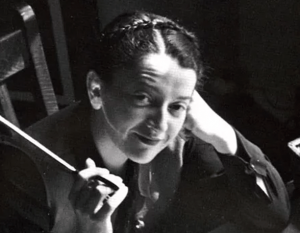
Cipe Pineles
Cipe Pineles (1908–1991) was a very influential, albeit unsung, graphic designer of the 1930s. She is credited with blending fine art, lively, colorful illustrations (especially of food, her passion) and hand lettering within her designs— especially in her work on magazines. Pineles totally changed the world of editorial design during her reign. She was a powerful role model and a major creative inspiration for many. She could make an editorial spread come alive with eye-popping, colorful illustrations, often accompanied by hand-written lettering, in a manner that was way before its time. Not only was she a female creative in a very powerful role, but she was also one of the first women to hold the position of art director for a major magazine, opening the door for many who followed.
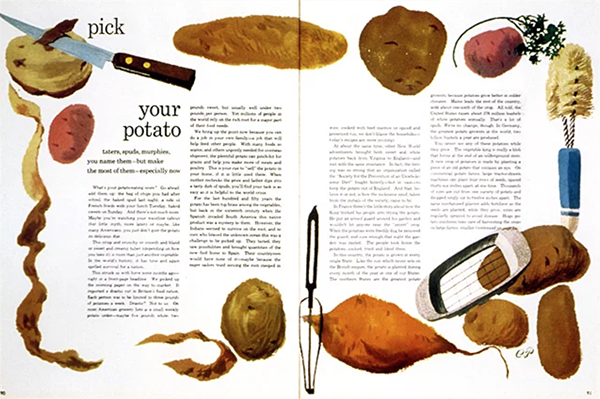
The famous potato spread for Seventeen, 1948, which won an Art Directors Club award.
Born in Austria in 1908, Cipe Pineles immigrated with her mother and sisters to New York in 1915. Already, she knew she had an affinity for creative pursuits, as her talent and intelligence were evident from an early age. In 1926, she enrolled at Pratt Institute in Brooklyn, where she studied fine art. Even in her early paintings, her love of food appears—images of bread and chocolate rendered in watercolor. But her career began in the commercial realm and remained in print media and client work, even as she privately kept books full of ingredients and recipes. She managed to bring both her own food-related work and that of others into her art direction for magazines such as Seventeen, Charm, Glamour, Vogue, and Vanity Fair.
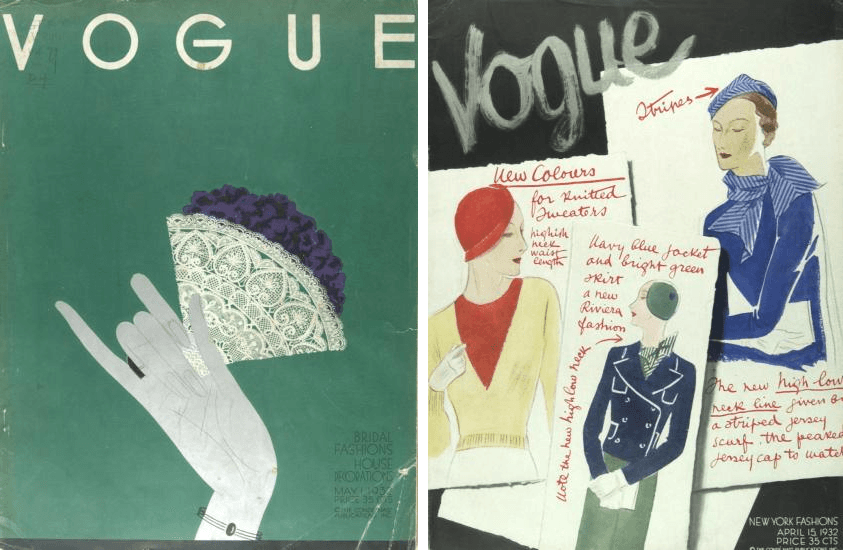
Covers for Vogue, 1932. Back in the day, Vogue did not have a consistent cover design.

Two more covers for Vogue, late 1930s
Pineles was a pioneer, not only because she was a woman in a male-dominated profession, but because she had a vision for innovation and wasn’t afraid to make it real. She was the first art director at a magazine to commit to assigning fine artists for editorial illustration—a previously unusual practice—and it was under her direction that such celebrated names as Andy Warhol and Ben Shahn began creating spot illustrations to accompany stories.
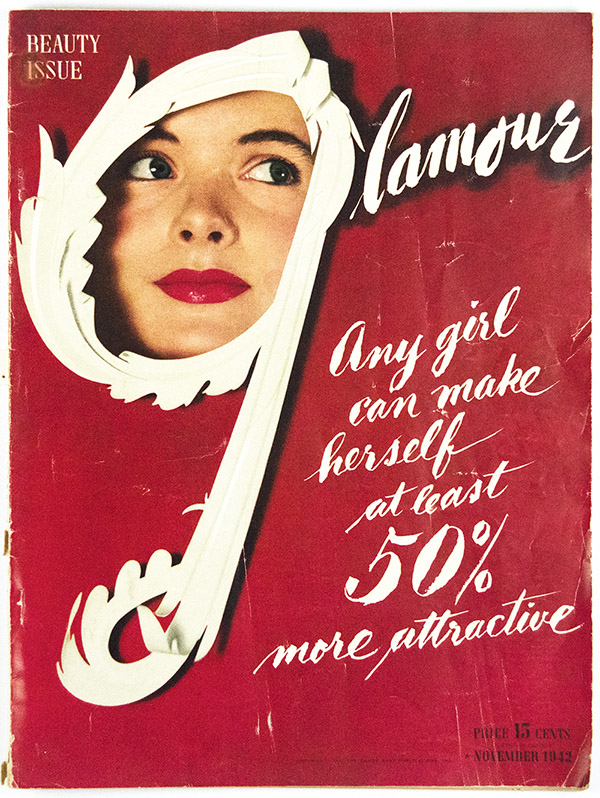
Cover and lettering for Glamour, 1942
Pineles worked at Condé Nast for many years and simultaneously taught at the Parsons School of Design. She continued to teach well into her later years and was celebrated many times over for the projects she spearheaded with her class. These included creating books of recipes and narratives about food, from the Parsons Bread Book, a collection of tales about New York bakeries, to Cheap Eats, which featured both art and recipes from famous creatives of that era.
Pineles was married to two notable designers: William Golden, from 1939 until his death in 1959; and Will Burtin, from 1961 until his death in 1972.

Charm cover, 1953. Note the early use of hand lettering, which has since made a major reappearance in the digital age.
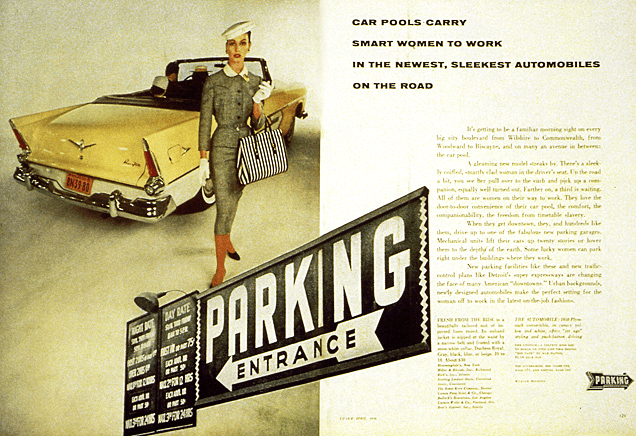
Editorial spread from Charm, 1953
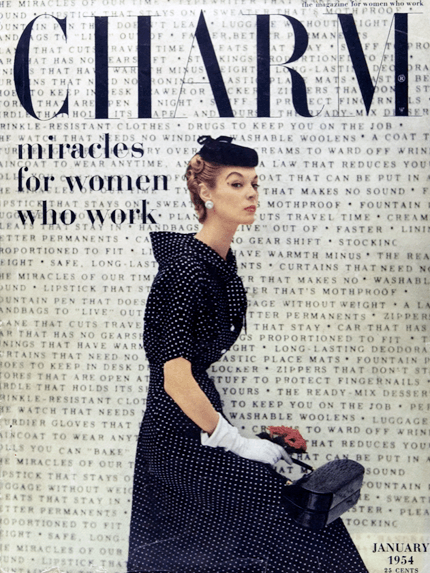
Another Charm cover, 1954, with extensive use of type as background image
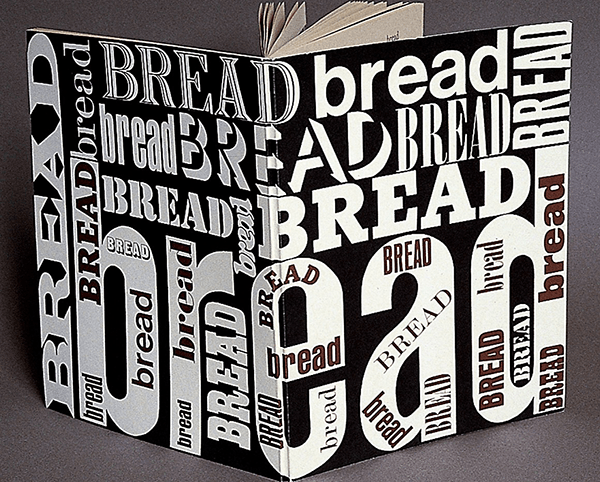
A typographic cover for Bread Book, based on a sketch by Pineles

Cover and spreads from the 1974 trade paperback edition of the Parsons Bread Book
Leave Me Alone with the Recipes
Pineles wrote and illustrated a sketchbook of Eastern European Jewish recipes as a personal project in 1945. This sketchbook, with its painted manuscript, was recently (re)discovered at an antiquarian book fair by Sarah Rich and Wendy MacNaughton, and it drew them in like magnets. It displayed a vibrant paintings, such as one of hot pink beets and a hand-lettered recipe for borscht written in script so full of life, it was hard to believe it was more than sixty-five years old.
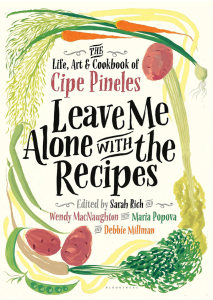
The newly designed cover of the ‘found’ collection of recipes using Pineles’ art.
This sketchbook, which Pineles entitled Leave Me Alone with the Recipes, was a keepsake of her connection to her childhood’s Eastern European food. For Wendy and Sarah, it was a talisman of a woman they had not known was their idol: a strong, independent spirit whose rich archive of drawings, recipes, diaries, and letters to family and friends led them into a dazzling history of mid-century design, art, food, New York City society, and culture.
They teamed up with Maria Popova of Brain Pickings and Debbie Millman of Design Matters, along with contributors Mimi Sheraton, Steven Heller, Paula Scher, and Maira Kalman, to present Cipe Pineles’ life and work as it should be presented—in glorious color. With Pineles’ illustrated cookbook and a section of updated recipes as its centerpiece, this gorgeous volume entitled Leave Me Alone with the Recipes: The Life, Art, and Cookbook of Cipe Pineles (2017) delighted foodies and design devotees alike. These newly discovered, illustrated recipes helped to introducing Cipe Pineles and her exciting work in food and art to a new generation.
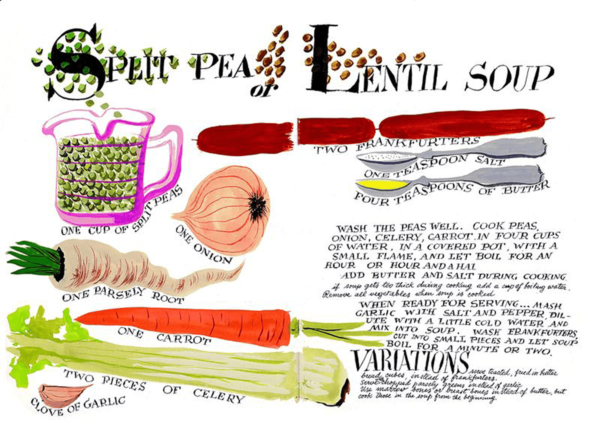

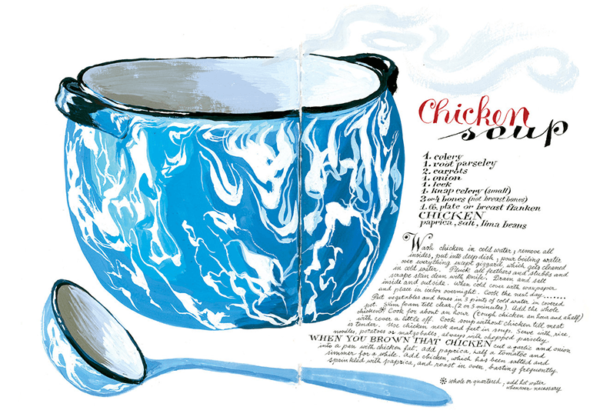
Several spreads included in the book.
This article was last modified on May 8, 2022
This article was first published on May 7, 2019




Love this so much!!!!
Great article in Cipe Pineles, Ilene! Thank you! tb.